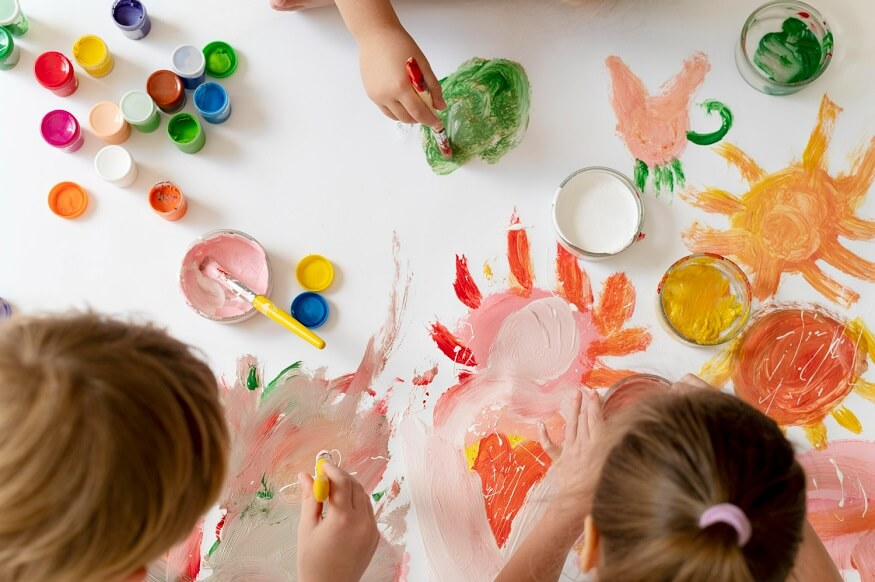Artistic expression plays a crucial role in children’s development, fostering creativity, imagination, and self-expression. Through drawing, painting, sculpting, and other forms of art, children can explore their inner worlds, develop fine motor skills, and communicate their thoughts and emotions. In this article, we’ll explore various ideas and activities to encourage creativity and artistic expression in children.
- Free Drawing Sessions:
- Provide children with blank paper and a variety of drawing materials such as pencils, crayons, markers, and pastels.
- Encourage them to draw whatever comes to mind, without any specific instructions or limitations.
- Emphasize the process of creating art rather than the final product, fostering a sense of freedom and exploration.
- Nature Sketching:
- Take children outdoors to observe and sketch elements of nature such as trees, flowers, animals, and landscapes.
- Encourage them to pay attention to details, textures, and colors, and capture their observations through drawing.
- Discuss the beauty and diversity of nature, fostering an appreciation for the world around them.
- Painting with Different Tools:
- Provide children with unconventional painting tools such as sponges, cotton swabs, toothbrushes, and even kitchen utensils like forks and sponges.
- Encourage them to experiment with different textures, patterns, and techniques to create unique artworks.
- Collage Making:
- Gather a variety of materials such as colored paper, fabric scraps, magazines, buttons, beads, and found objects.
- Encourage children to cut, tear, and arrange the materials to create collages that express their ideas, feelings, or stories.
- Discuss the concept of mixed media and encourage creative combinations of materials.
- Sculpting with Clay:
- Provide children with modeling clay or playdough and let them sculpt freely.
- Encourage them to create sculptures of people, animals, objects, or abstract shapes, using their hands or simple sculpting tools.
- Discuss the tactile qualities of clay and the possibilities for three-dimensional expression.
- Storytelling through Art:
- Encourage children to create artworks inspired by stories, poems, or their own imagination.
- Invite them to illustrate scenes from their favorite books or invent their own characters and narratives.
- Discuss the connection between visual art and storytelling, exploring how images can convey emotions, actions, and themes.
- Group Art Projects:
- Organize collaborative art projects where children work together to create a larger artwork.
- Assign different roles or sections to each child, encouraging cooperation, communication, and teamwork.
- Celebrate the collective creativity and the sense of accomplishment achieved through collaboration.
By providing children with opportunities for artistic expression, parents and educators can nurture their creativity, imagination, and self-confidence. Through drawing, painting, sculpting, and other forms of art, children can explore and communicate their ideas, emotions, and experiences in meaningful ways. Encourage experimentation, celebrate individuality, and foster a love for artistic expression that will enrich children’s lives for years to come.

